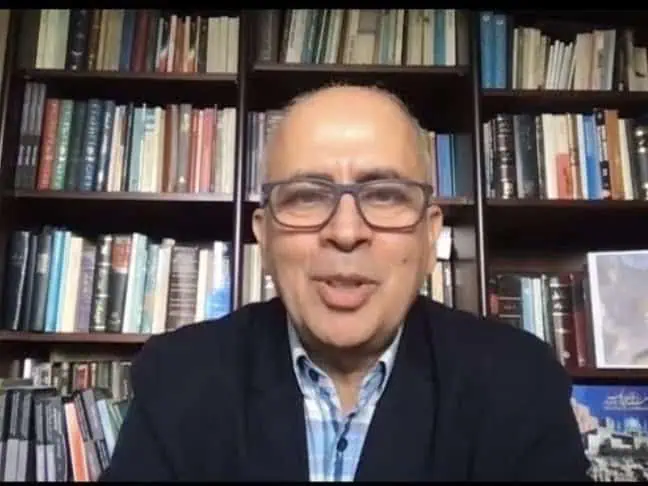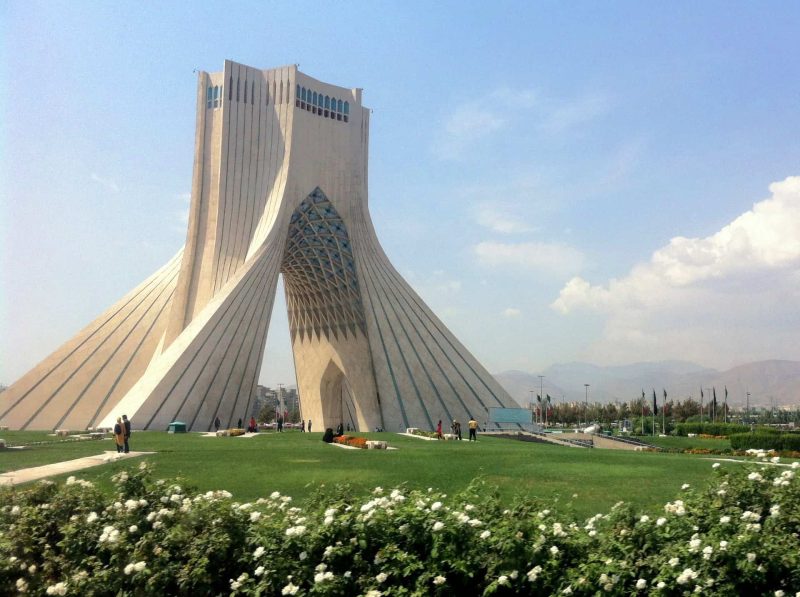A murderous chess game between the regime in Iran with all its proxies and Israel takes up speed and seems to accelerate towards a regional war.
Hybrid warfare
Or maybe another move leaving blood and horror within society? We discuss with Afshin Sajedi, senior legal advisor at IOPHR, how the Islamist regime in Iran misuses organized migration to Europe to polarize and destabilize those countries.
We live in modern times and the nature of war has not changed. But the ways to kill and wreak havoc, cause chaos and involve people in propaganda have become more subtle, more diverse and very surprising. Hybrid warfare has many elements. You will see all of them in the murderous chess game between the regime in Iran with all its proxies like Hezbollah, Hamas, Ansarallah, Shiite militias in Iraq, Fatemeyoun and many more against Israel and the USA.
Definition of hybrid warfare
This is how Arsalan Bilal from the Centre for Peace Studies based in Norway explains hybrid warfare in an article named „Hybrid Warfare – New Threats, Complexity, and ‘Trust’ as the Antidote“ published on a NATO related webpage.
„Hybrid warfare entails an interplay or fusion of conventional as well as unconventional instruments of power and tools of subversion. These instruments or tools are blended in a synchronized manner to exploit the vulnerabilities of an antagonist and achieve synergistic effects.
The objective of conflating kinetic tools and non-kinetic tactics is to inflict damage on a belligerent state in an optimal manner. Furthermore, there are two distinct characteristics of hybrid warfare. First, the line between war and peace time is rendered obscure. This means that it is hard to identify or discern the war threshold. War becomes elusive as it becomes difficult to operationalize it.“
Hybrid warfare – operating in the Gray Zone
Another author, Michael Eisenstadt, published a book „Operating in the Gray Zone – Countering Iran’s Asymmetric Way of War“. From this book we learn that the regime’s hybrid warfare consists of several elements like: cyber activities, information activities, create economic dependencies in neighboring states to gain leverage, aid proxies/undermine foes through bribery, corruption, intimidation, diplomacy to avoid isolation, divide enemies. This is certainly all true, but there are more dimensions to the regime’s hybrid warfare, as we hear from Afshin Sajedi in our interview.
Islamic Imperialism
Mr Sajedi published a book that he mentions in our interview. It explains more in detail about hybrid warfare and the misusage of migration by the Islamic Revolutionary Guards Corps and the regime in Iran.

The book aims to provide insights into the question of why the ruling Islamic System of Iran has been in conflict with both the international community and its own people since its establishment.
The analysis is based on statistical evidence, and the answer to this question is complex and multifaceted. The book examines the structural nature of governance in the Islamic Republic of Iran, highlighting the duality in the government’s structure. The upper level is the religious core that controls all power in Iran, consisting of unelected bodies like the Supreme Leader and affiliated organizations. The lower level is seen as a representation of the national government and is completely under the indirect control of the Supreme Leader.
The book discusses 48 institutions related to the religious core or the caliphate structure of Iran’s ruling regime. Only the Guardian Council has full control over all three „electoral institutions“ in the lower structure, which is referred to as the „mask“ or „External Face.“
The book also delves into the „Islamic imperialism“ strategy implemented by the Iranian regime’s caliphate structure, which consists of three stages: „Iranianism,“ „Shi’ism,“ and „Islamism“. The regime’s goal is to use the capabilities and capacities of democracy to destroy democratic values and infiltrate Muslim populations in other countries. The book concludes with a final discussion and proposes a safe shared solution.
In a series of articles, he focuses on the legal framework of a future Iran with the title: From Illegitimacy to Legitimacy: Reestablishing Constitutional Governance In Iran:
— Afshin SAJEDI (@AfshinSajedi) July 15, 2024
— Afshin SAJEDI (@AfshinSajedi) July 20, 2024
— Afshin SAJEDI (@AfshinSajedi) July 23, 2024
— Afshin SAJEDI (@AfshinSajedi) July 26, 2024





